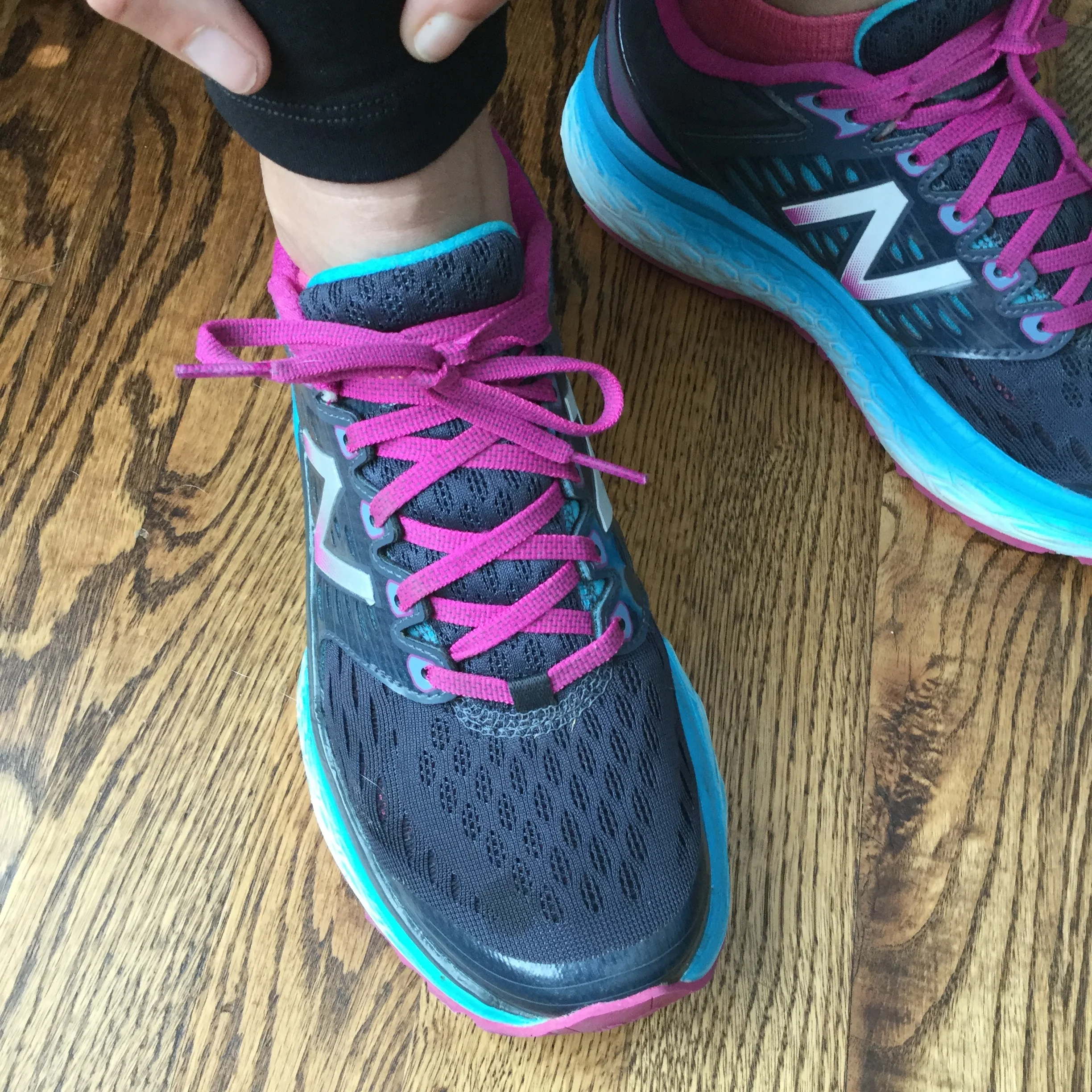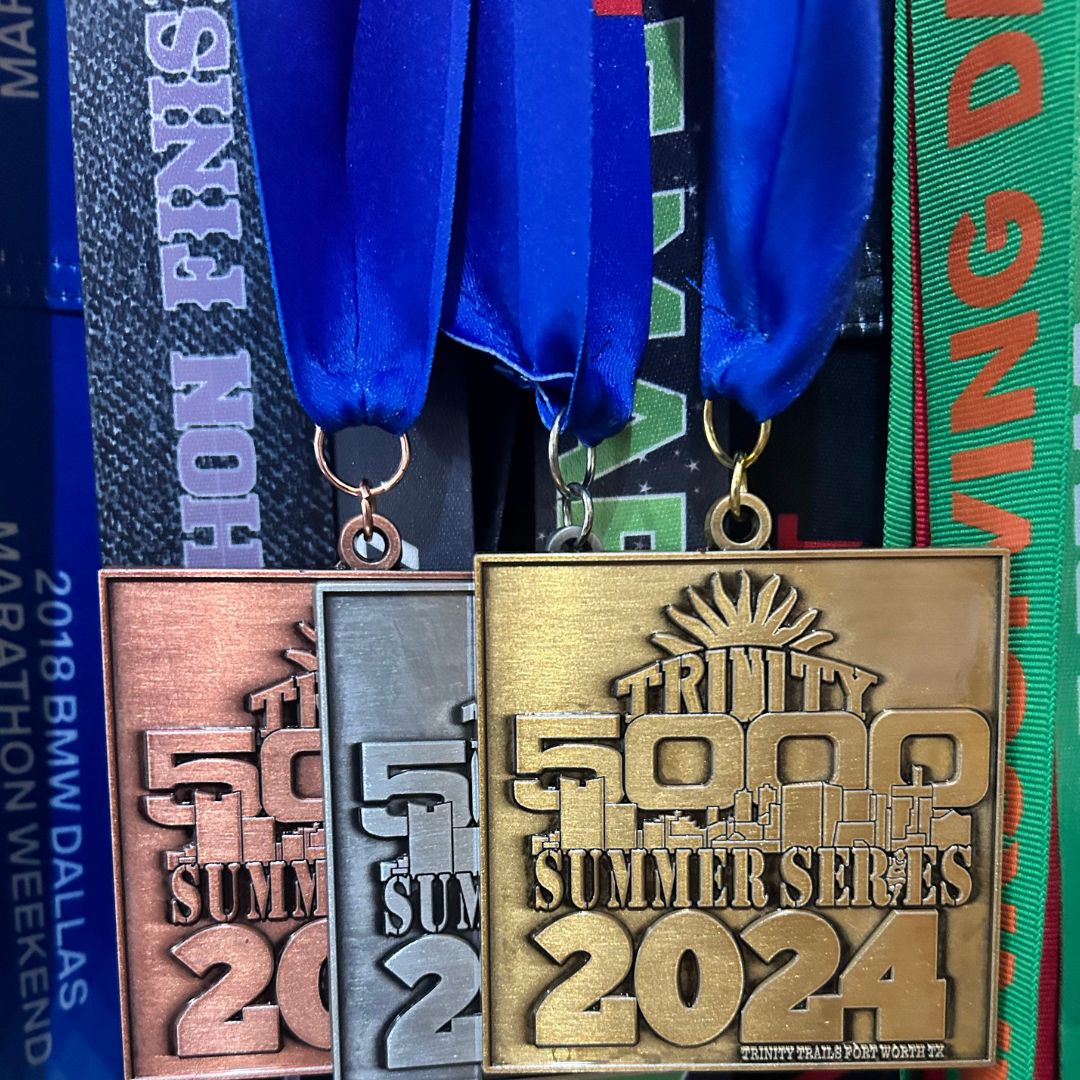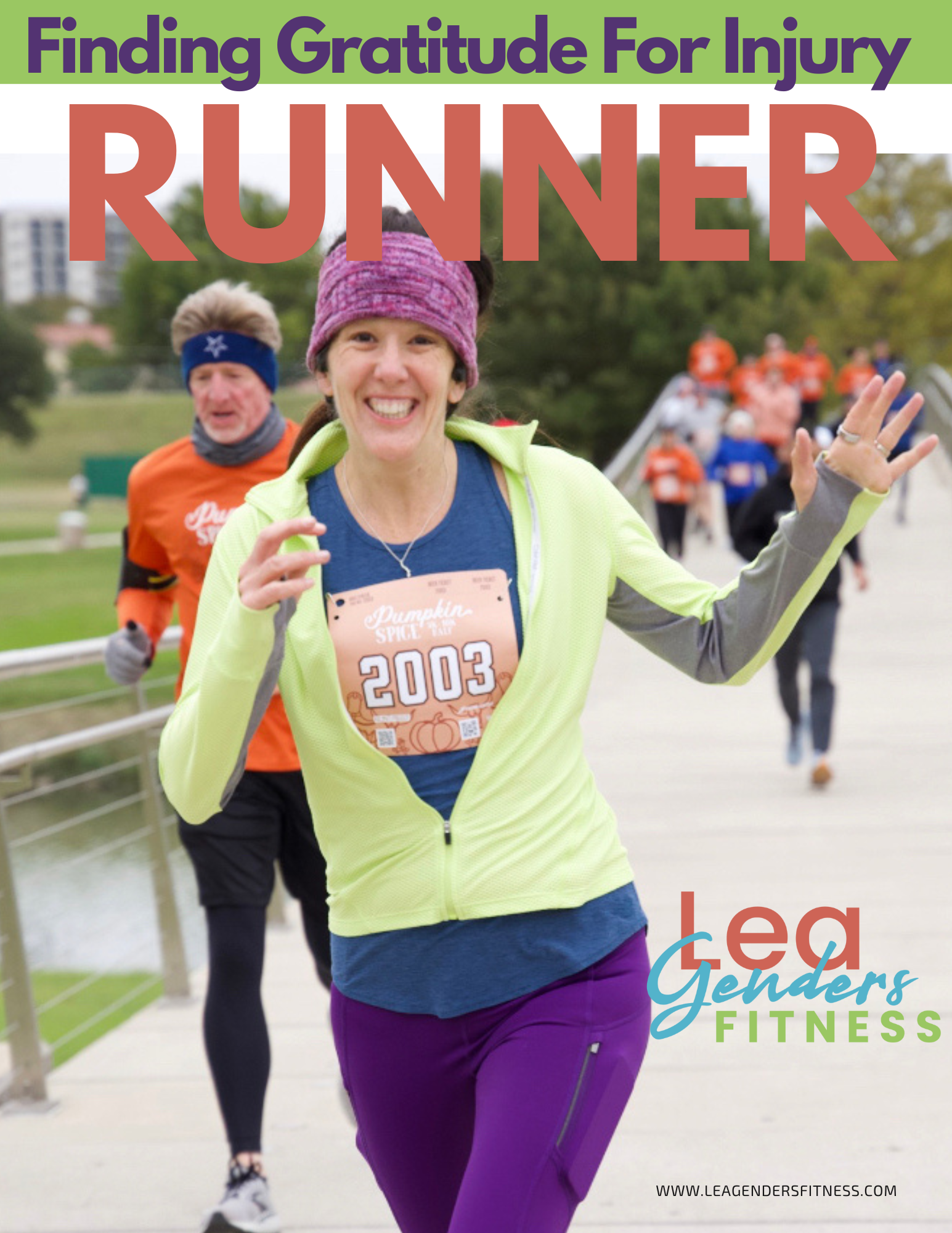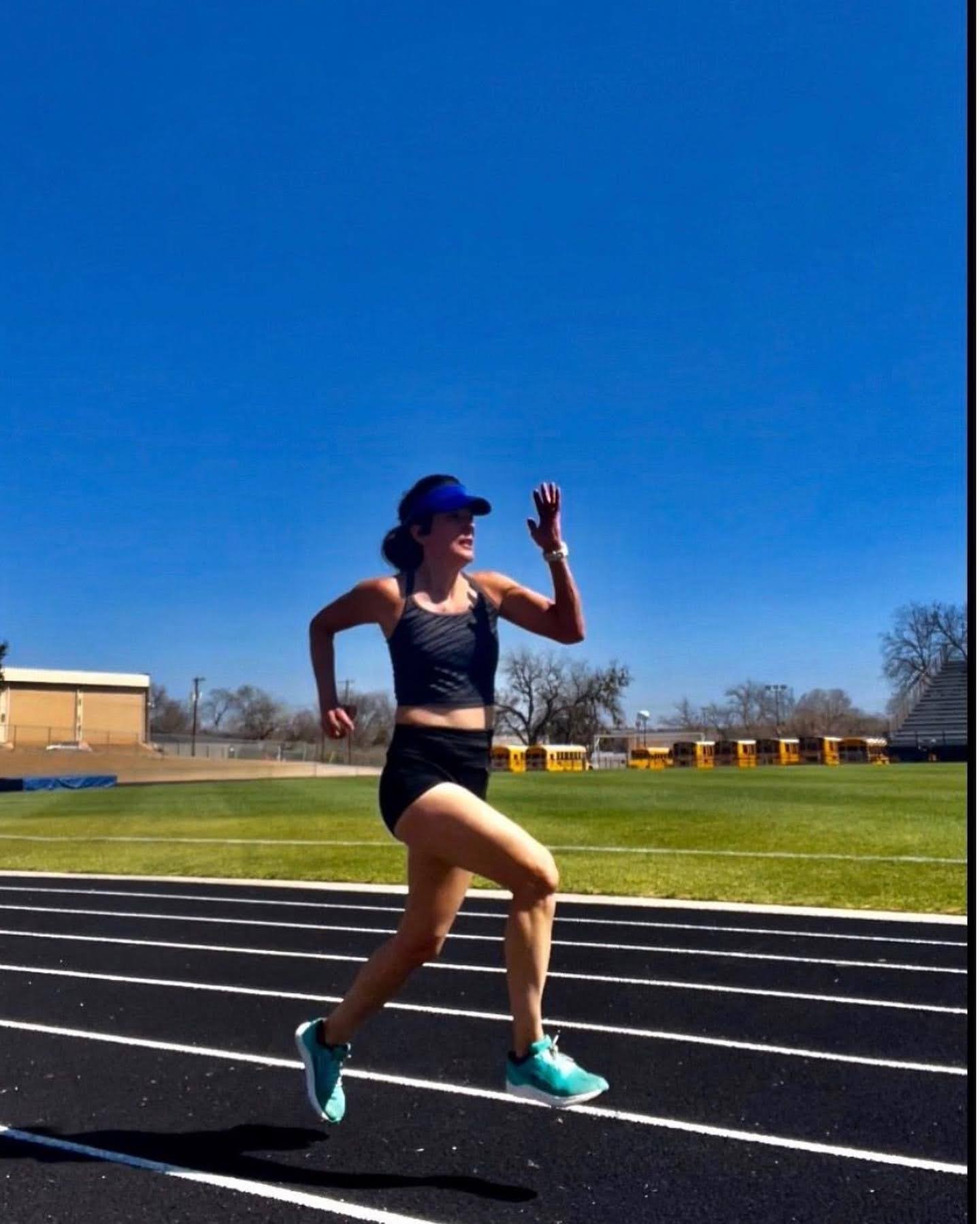Welcome to another edition to Running A-Z where I cover a running related topic in the order of the alphabet. Have you missed any posts? You can catch up in the archives. This week we are on the letter L. L is for Lessons. Running Lessons From My Dog. (A stretch? Maybe.) When I sat down to write this post I thought a running post titled 'lessons' could be about the different energy systems our bodies use for running, how running increases the mitochondria in your muscles, or different muscle fiber types. I figured a more interesting topic would be how to learn to enjoy running like a dog. Are you with me?
"Me and my favorite two-legged running partner! (Don't tell my dad I said that)." - Ollie
If you know me, you know that I've been running (pun intended) another blog for a few years called Running with Ollie. Ollie is my four-legged companion and favorite running partner (sorry hubs). He has a seemingly endless supply of motivation to run. How can we tap into that motivation? Let's try to think like he does.
Ollie is the best. Oh, that was a typo. Ollie is a beast. Weighing in at 85 lbs with a strong will, he can be a handful. He loves to run and walk, belly rubs and bacon flavored treats. He hates cats, squirrels, baths and not going for a run. He's a little spoiled but I have to take responsibility for that one.
"When I'm not running my driver takes me where I need to go. Driver! To the dog bone store!"
Ollie can teach us some important running lessons. A dog's natural joy and enthusiasm for running is something that we can all strive towards.
Run For Fun
Ollie doesn't run to lose weight. He doesn't run because he feels like it is something he is supposed to do or to beat a personal record. He runs because he loves it. He has a natural enthusiasm that emerges each time he sees me tieing on my running shoes. As a running coach I advise everyone to warm up before running, Ollie's warm up is jumping so high in excitement that he almost hits the ceiling. Someone show me how to bottle that and I'll be a millionaire. When you were a kid you probably ran (to chase a friend, in an impromptu race or get somewhere first) because it felt fun. It can still be that way.
"Freeeeeeee!"
Seize Every Opportunity
Ollie never complains. He never gets bored of running. He never skips a run because he doesn't feel like it or he is too tired from a long day of work (chasing squirrels). Every chance that he gets to run, he takes it. He knows that running is a privilege (to get to explore the neighborhood on a leash with mom and dad). Maybe he fears that one day he won't get to run anymore, so when he has the chance, he goes for it. When you don't feel like running, try to remember that running is a gift and privilege not afforded to everyone.
"I'm exhausted. Want to go for a run now?"
Run by Feeling
Ollie doesn't worry about pace or speed. He runs for the pure joy of it. There is nothing wrong with chasing speed goals and working to improve, but it's important to remember to not get too caught up in the numbers. I always say that Ollie is the expert in running fartleks. He speeds up when he wants to chase a squirrel and slows down to sniff a tree. Runner humans call that fartlek, he calls it life. Lose the GPS watch every once in awhile and just run by feeling. It can become a chore if you get too caught up in the results. Focus on how great it makes you feel (afterwards).
"Hi there."
Don't Compare
Ollie doesn't look at other dogs running near us and wish he could run as fast as them. He doesn't look at the dogs behind the fences and wonder why his body isn't smaller like theirs. If he had a social media account (he is the star of my Instagram) he wouldn't look at other runners' times and feel discouraged. Running is great exercise for your body (and mind), regardless of body type, pace or distance. This is my favorite running quote because I believe running is accessible to every reasonably healthy person.
“If you run, you are a runner. It doesn’t matter how fast or how far. It doesn’t matter if today is your first day or if you’ve been running for twenty years. There is no test to pass, no license to earn, no membership card to get. You just run.”
Don't compare yourself to other runners. Run your own journey and celebrate your accomplishments along the way.
"I do tricks for treats. But don't push it though."
Rest and Recover
As much as Ollie loves to run, he loves to nap. He is the master of rest and recovery. It's an important part of the process. Remember that adaptation occurs during rest. If you don't rest, you don't give your body the chance to improve.
"This butt pillow is comfy!"
Do you run with your dog? Has your dog taught you any lessons? Tell Ollie hi in the comments and I'll read them to him later.
Like this post? It helps me a lot when you share!
I am a NASM personal trainer that specializes in strength training for runners. I offer in-person training in the Shredshed, as well as online training. If you are interested in a more in-depth strength training plan for runners, please contact me. Have questions? I'd love to help.
While I am a certified personal trainer, I am not your personal trainer. Since I don't know your exercise abilities, injury background or medical history, please see your doctor before beginning any new exercise program.









































